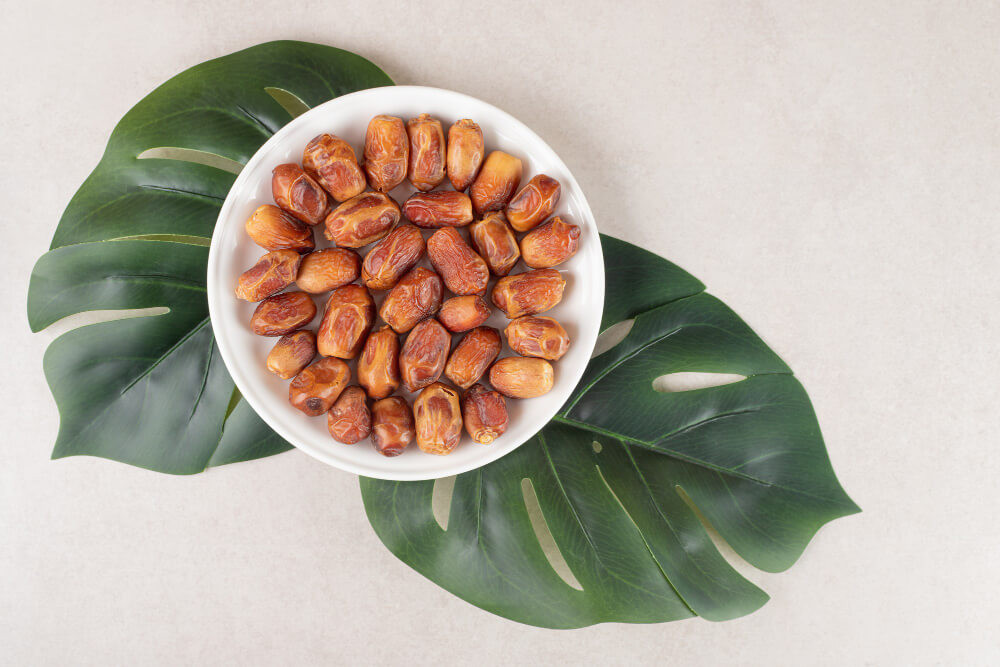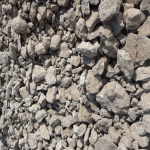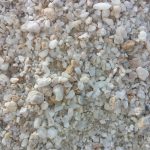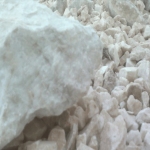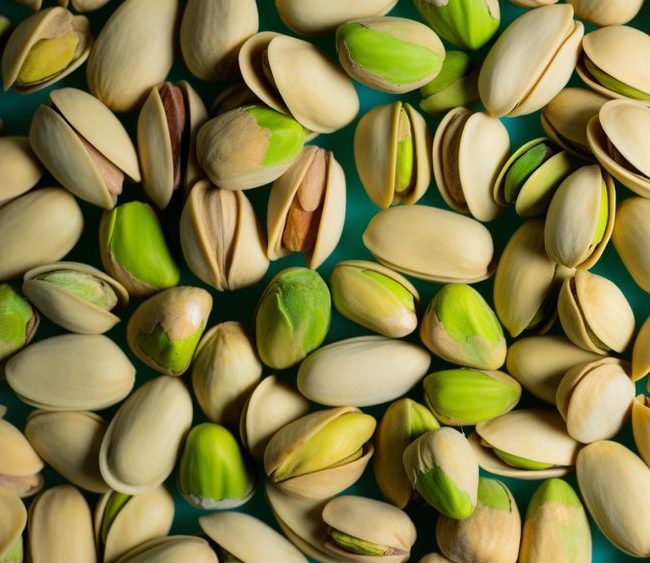Introduction:
Dates, recognized as a crucial agricultural product worldwide, have a rich history dating back to ancient times. Among the various types of dates, Zahedi date palm stands out as a unique species with distinct characteristics and a delightful taste. This article aims to introduce and promote the Zahedi date palm in the global market.
Section One: Introduction to Zahedi Date Palm Zahedi dates originate from specific regions in Iran, Iraq, and Saudi Arabia. With its unique and sweet flavor, thin skin, and appealing colors, Zahedi dates have become a prominent choice for global connoisseurs.
Section Two: Distinctive Features of Zahedi Date Palm
- Special Flavor: Zahedi dates offer a unique and distinctively sweet taste.
- Thin Skin: The thin skin of these dates sets them apart from other varieties with thicker and harder skins.
- Eye-catching Colors: The red and yellow colors of Zahedi dates attract the attention of date enthusiasts.
- High Nutritional Value: Zahedi dates serve as an excellent source of energy, fiber, and essential vitamins.
Transportation Conditions for Zahedi Dates:
When it comes to transporting Zahedi dates, ensuring optimal conditions is paramount to maintaining their quality and shelf life. Here are the key considerations for transporting Zahedi dates:
1. Temperature Control:
Zahedi dates are sensitive to temperature fluctuations, and maintaining the right temperature during transportation is crucial. Ideally, the temperature should be kept between 0°C to 5°C (32°F to 41°F) to prevent spoilage and preserve their taste and texture. Temperature monitoring systems should be in place throughout the transportation process to ensure compliance with these requirements.
2. Humidity Regulation:
Humidity levels also play a significant role in preserving the quality of Zahedi dates during transportation. The relative humidity should be maintained at around 60% to 70% to prevent the dates from drying out or becoming too moist, which can lead to mold growth or texture changes. Proper packaging that allows for airflow while protecting against moisture is essential to controlling humidity levels.
3. Packaging:
Zahedi dates should be carefully packaged to protect them from physical damage and environmental factors during transportation. Sturdy containers or boxes lined with food-grade liners are recommended to prevent crushing or bruising of the dates. Additionally, packaging materials should be breathable to allow for proper airflow and moisture control.
4. Handling Practices:
Gentle handling is crucial when loading, unloading, and transporting Zahedi dates to avoid bruising or crushing. Forklifts or pallet jacks equipped with soft padding should be used to minimize impact during handling. Moreover, dates should be stacked in a way that distributes weight evenly to prevent compression and maintain their shape and integrity.
5. Transportation Mode:
The choice of transportation mode depends on various factors such as distance, destination, and urgency. For longer distances or international shipments, refrigerated trucks, containers, or air freight are preferred to maintain temperature control. However, for shorter distances or domestic shipments, refrigerated trucks or insulated containers may suffice.
- Transportation by Sea: One of the common methods for date exports is transportation by sea. This method is favored due to its cost-effectiveness and the ability to transport large volumes of cargo. During sea transportation, temperature and humidity conditions must be carefully monitored to preserve the quality of the dates. Additionally, attention should be paid to packaging and storage conditions during transportation to prevent damage to the product.
- Transportation by Air: Transportation by air is a fast and efficient method for exporting dates to distant markets. This method is highly beneficial for exporting various products, including dates, due to its high speed and the ability to serve remote destinations. During air transportation, temperature and humidity conditions must be closely controlled to prevent spoilage of the product.
- Transportation by Train and Truck: Transportation by train and truck is also utilized as another method for date exports. These methods are particularly useful for transportation to domestic destinations and areas without access to sea or air transportation. During transportation by train or truck, maintaining suitable temperature and humidity conditions is necessary to preserve the quality of the dates.
6. Monitoring and Tracking:
Continuous monitoring and tracking of temperature and humidity conditions during transportation are essential to identify and address any deviations promptly. Temperature monitoring devices equipped with alarms should be installed to alert personnel to any fluctuations outside the acceptable range. Additionally, GPS tracking systems can provide real-time visibility into the location and condition of the shipment.
Conclusion:
Transporting Zahedi dates requires meticulous attention to temperature control, humidity regulation, packaging, handling practices, and choice of transportation mode. By implementing proper procedures and monitoring systems, exporters can ensure that Zahedi dates reach their destination in optimal condition, maintaining their quality and market value.



